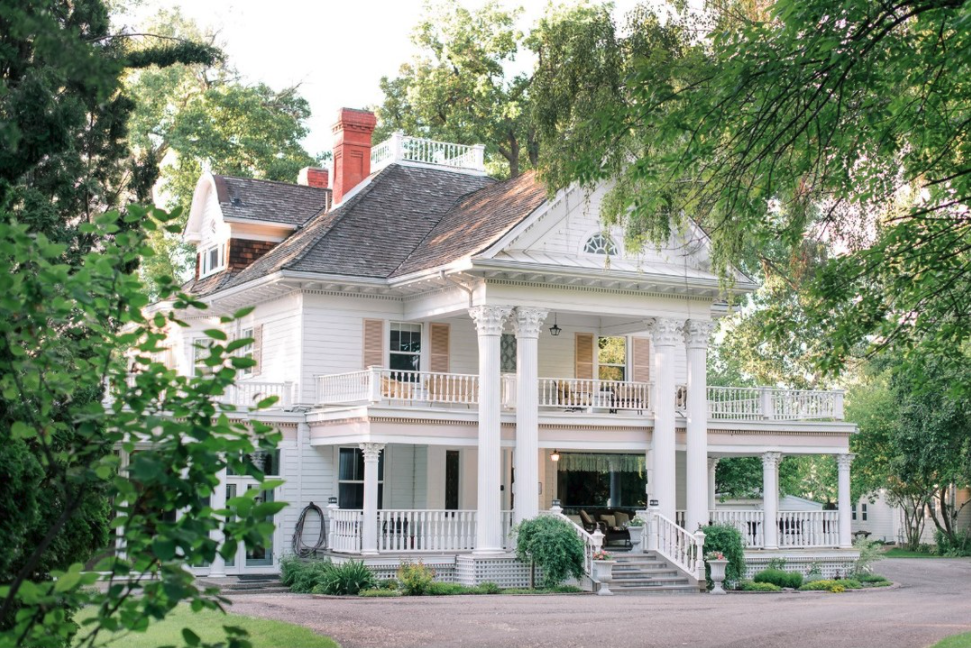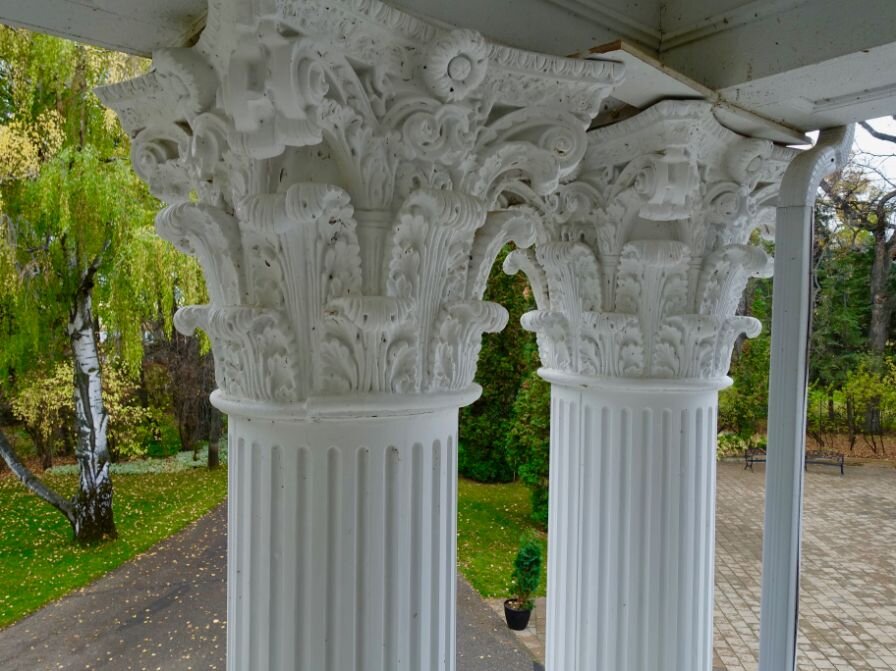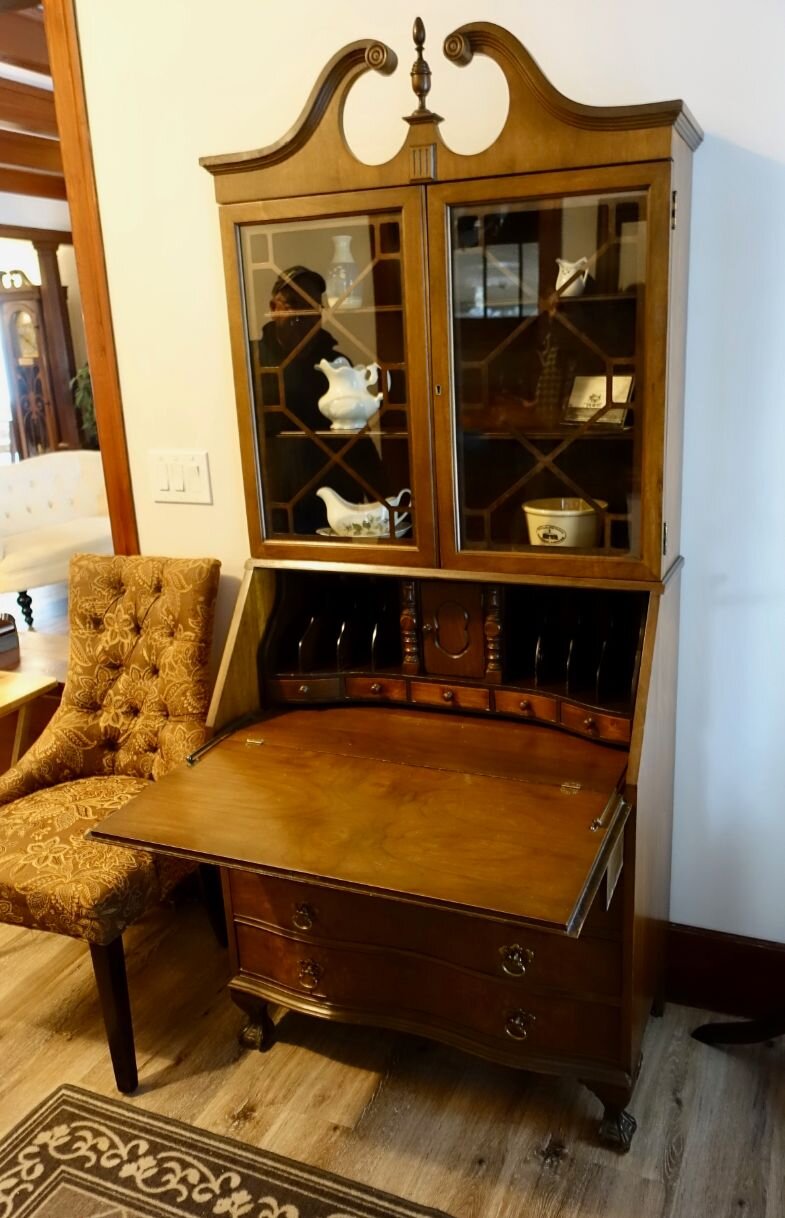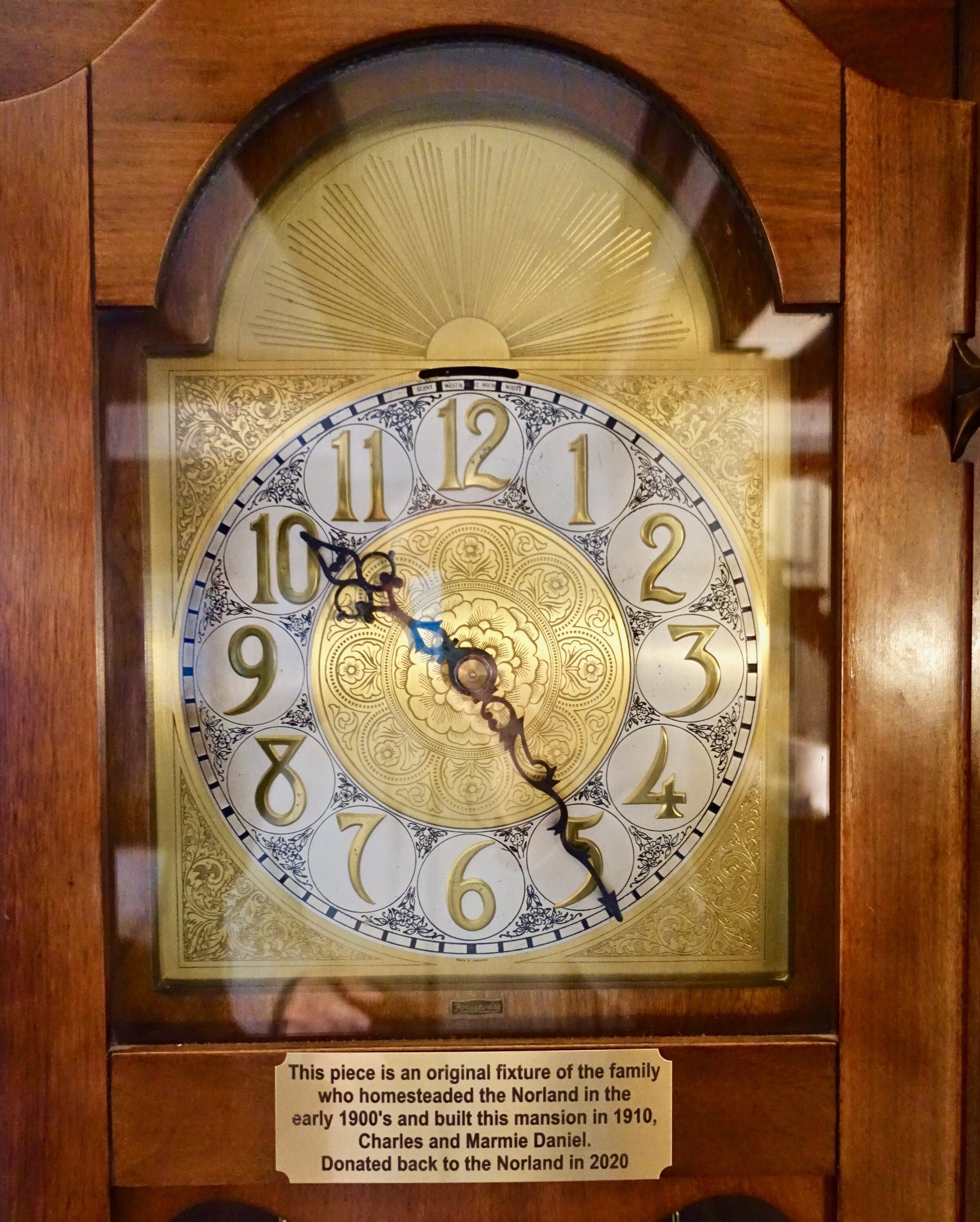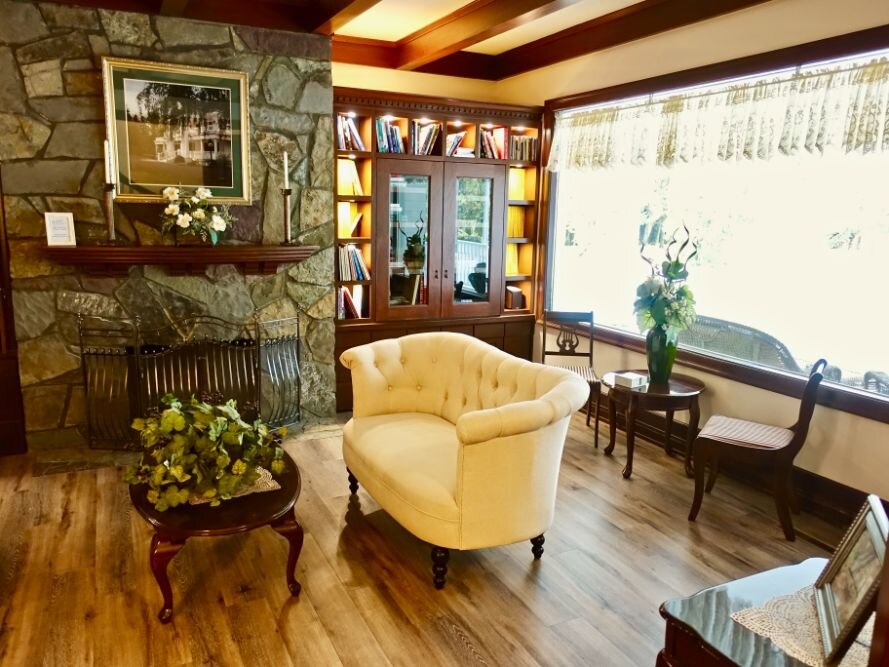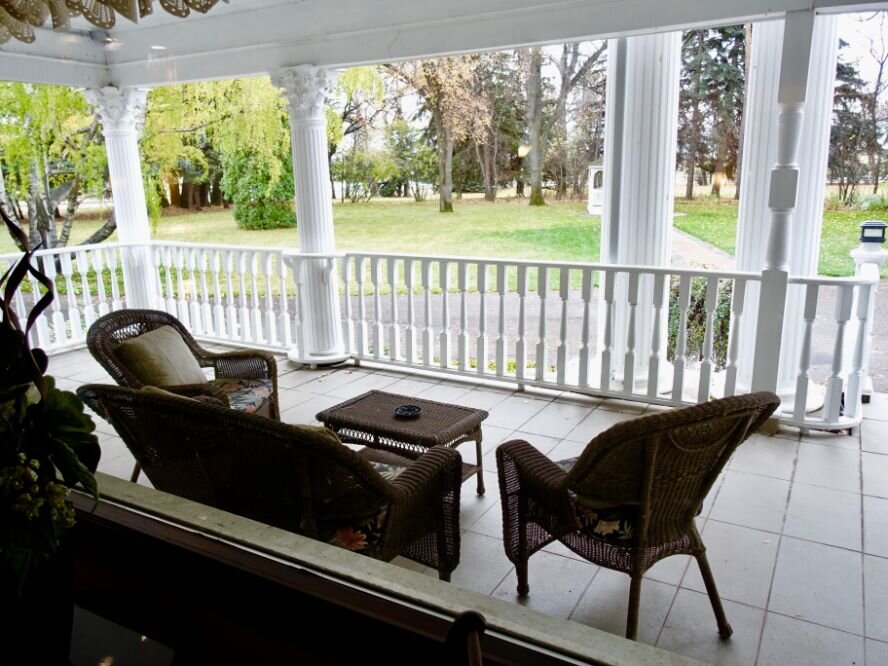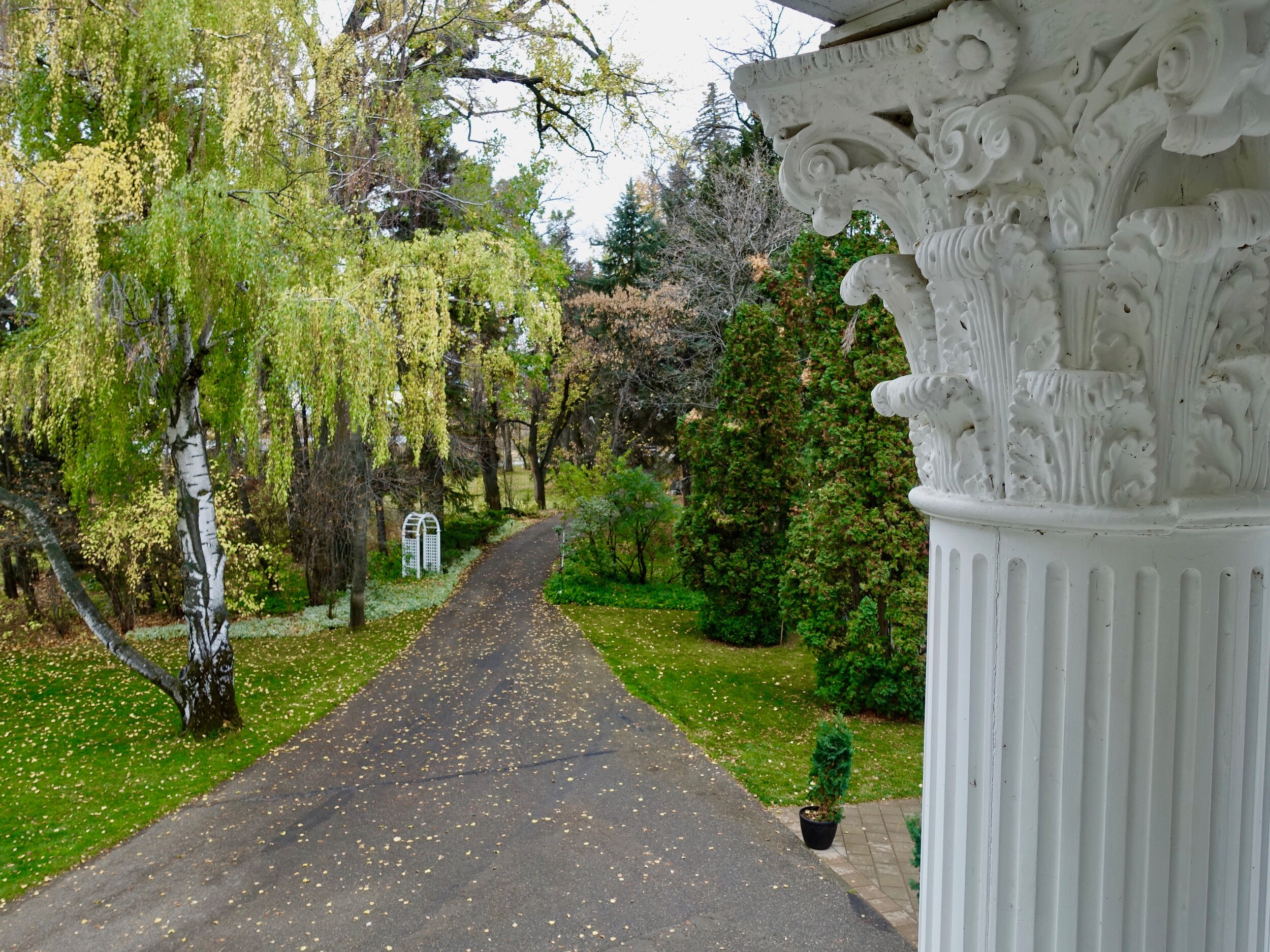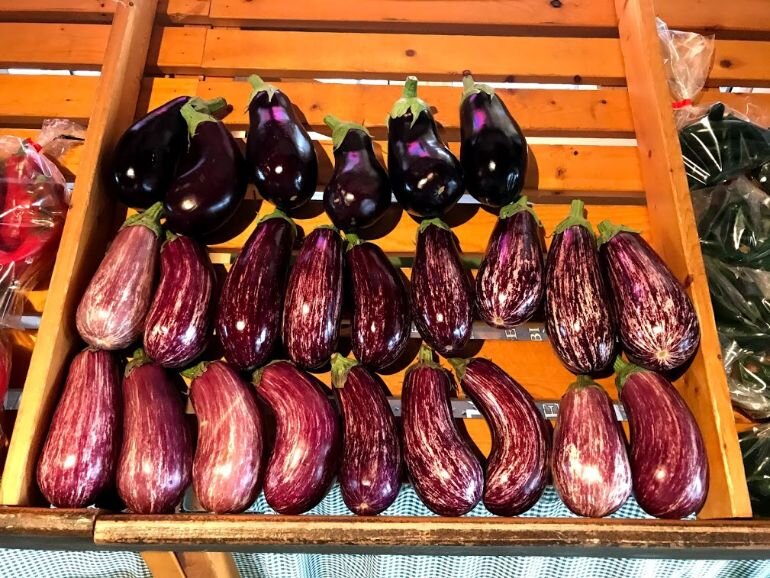Alberta Road Trip: Lethbridge’s Jail Road Rocks
Photo credit: Jaime Vedres DailyPhotoDose
October often sees us heading out on a Montana road trip that includes Great Falls, Helena, Missoula and Whitefish. But with the US border closed this year, we decided on a 3-day Alberta road trip “loop” from Calgary to Lethbridge and Medicine Hat including stops in towns and villages along the way.
We weren’t disappointed - it is amazing what you can find and the people you can meet when you get off the beaten path.
One highlight of this road trip was Lethbridge’s Jail Road, which gets its name from being home to Alberta’s first provincial jail (gaol) which opened in 1911.
It is somewhat infamous for its being the site of 18 executions between 1912 and 1956, four of which were German prisoners of war.
The jail was demolished in 1989, having been replaced by the current Lethbridge Correctional Centre which opened nearby (and still on Jail Road) in 1983.
Pond next to Jail Road early 20th century with Norland House, Fairfield House and Dominion Experimental Farm in the background.
Jail Road Rocks
Jail Road is also home to the Lethbridge Research and Development Centre. Established in 1906, it is one of the largest facilities within Agriculture and Agri-Food Canada network. Current research activities include:
Conducting research in new technologies to advance the efficiency, profitability and environmental sustainability of beef production
Gaining additional knowledge of the health and welfare of cattle
Conducting integrated crop management research to produce crops that are suitable for dry and irrigated lands, and are sustainably adapted to the Canadian prairies
Breeding crop varieties (dry beans, forages, potatoes, triticale, wheat) with improved yield, quality, and disease and insect resistance
Conducting research on soil fertility and conservation of soil and water resources
Discovery research in plant and animal microbiomes, health and breeding tools
Conducting research on new management strategies to control weeds, crop and livestock pests, while maintaining environmental quality The heritage forest planted under Dr. Fairfield’s direction in the early 1900s, including the trees along Jail Road makes this a unique historical site on the prairies.
While the agricultural centre itself is not open to the public, the Fairfield Gardens, just to the east of the main building, is.
Maintained by volunteers, the ornamental garden is located close to where the original Dr. W.H. Fairfield home site was located.
Fairfield was the first superintendent of the Dominion Experimental Farm (the original name of the research centre) and known for his interest in the beautification of prairie homes with flowers, as well as his commitment to tree planting throughout the district.
Chance Encounter
But I digress…what impressed us most lie just past the correctional and agricultural centers. Just past the agricultural center we saw an intriguing sign “The Norland Historic Estate Venue” at the entrance to a welcoming driveway. After immediately both saying “WOW,” we turned in to check it out. And were glad we did!
The curved, tree-lined driveway was impressive as was the white colonial house at the end of the road. It was right out of novel, Gone From the Wind. We drove up the driveway, parked, and started to wander the grounds admiring the ghost-like mansion, and within five minutes, the man on the tractor mower cutting the lawn when we entered drove in said “Hi!” and started chatting. Turns out he is owner Dale Lehr, and he quickly offered us a tour inside. Dale was charming, a wealth of knowledge and most cordial.
Norland History 101
We learned the house was the home of Charles Roland Daniel and his wife Maurine and it was ordered from a lumberman’s catalogue and shipped to Lethbridge in 1909 from Minneapolis, Minnesota. (Catalogue homes were popular with prairie settlers in the early part of the 20th century. The pieces of the home were shipped out by train and the buyer either built it himself or hired local workers to do so, as was the case for the Norland House).
Link: Eaton Plan Book of Ideal Homes
The 7,500-square foot home with its gorgeous verandas (main floor and second floor) that looked out to a stunning lawn and garden, was the centrepiece of Daniel’s large farming operation, that included 2,000 acres of treeless prairie, east of Lethbridge. (Dale told us he purchase the 2,000 acres for 3 cents an acre or $60, which would be about $1,400 in current dollars). Daniel was instrumental in the area’s introduction of irrigation, trees and crop development, often working with the then recently opened Agricultural Centre across the road.
Lehr and his partner Marci Stickel purchased the property four years ago, converting it from a bed & breakfast venue to a wedding and special events venue. In 2019, they opened a major expansion which added a ballroom to better accommodate large weddings and events. It has garnered attention across North America as a hidden gem for weddings.
While the exterior had been well preserved, little of the original interior was left when Lehr and Stickel purchased the site. They have since updated the interior with period-sensitive furniture and design, and even a few furniture pieces from the original house recently donated by the Daniels’ family.
Unfortunately, Norland Estate doesn’t offer public tours, nor does it have a café or restaurant and you can’t book a room for a couple of nights. But if you just drop by, you might be lucky and find Dale is around and willing to have a chat. Or, if you know someone looking for a special place for a wedding or special event, you should let them know about Norland House.
FYI: It is named “The Norland House” as that was the catalogue name for the house plan.
Link: Norland House
Broxburn Farms
Just a few minutes further east on Jail Road sits Broxburn Farms which is not only a huge vegetable farm, but a café and farm produce shop as well. As expected, it was pretty quiet in mid-October, as all the vegetables have been harvested, but we had a lovely lunch - the salads as you might imagine are amazing, as was their roasted red pepper soup. Their motto - “from plant to plate” – is no lie. Looking out the café’s huge windows you can the plants growing in the fields.
In 1994, Paul and Hilda de Jonge purchased 80 acres of land five kilometres east of Lethbridge on highway 3, 1 km south on Broxburn Road. The farm became not only their home but also a U-pick strawberry operation which has evolved to also include raspberries. The raspberries and ever-bearing strawberries produce berries right up until the first frost in late in September or sometimes in October. The cool prairie nights contribute to the sweetness of the berries.
In 1996, a small greenhouse was built to grow peppers and then in 2001, a larger one was built to grow tomatoes and cucumbers. In 2002, a barn was remodelled for the purpose of a storefront and café. The store was full of fresh produce, as well as eggs, relishes, jams and bread.
Broxburn prides itself on growing crops biologically; meaning they introduce natural predators instead of spraying chemical pesticides to kill the pests. The predators used to target these pests are purchased from around the world and are introduced into the greenhouse on a weekly basis.
Broxburn is well known for their many different varieties of tomatoes, vine ripened, and picked daily to ensure maximum flavour. Long English cucumbers, mini cucumbers, eggplant, beans, and butterleaf lettuce are also grown in the greenhouse. Greenhouse harvest begins in February with mini cucumbers and continues until December when they clean out the greenhouses to replant.
Today, the land is farmed for the production of various fruits and vegetables, including one of the largest commercial broccoli crops in Alberta.
Link: Broxburn Vegetables website
Last Word
Jail Road (also known as the old Coaldale Road as it is the original road linking Lethbridge with Coaldale) is a unique prairie road with its towering trees creating a canopy over the road, like you find in an old, urban, residential neighbourhood, but rarely on a country prairie road.
While Lethbridge has many well-known tourist attractions - Southern Alberta Art Gallery, Galt Museum and Japanese Gardens - if you are looking for an off the beaten path experience, and an appreciation of prairie history - Jail Road is definitely worth a visit.
It is a reminder of how Alberta has come a long way from being a desolate, treeless, prairie landscape to a fertile, diverse, agricultural landscape through experimentation, innovation and a lot of hard work.
If you like this blog, you will like these links:
Planning the perfect road trip
Southern Alberta Road Trip: Folk Art & Architecture
Alberta Road Trip: Medicine Hat, Blackfoot Crossing et. al.
Southern Ontario’s Yellow Brick Road




